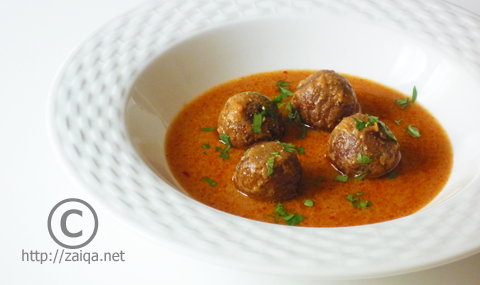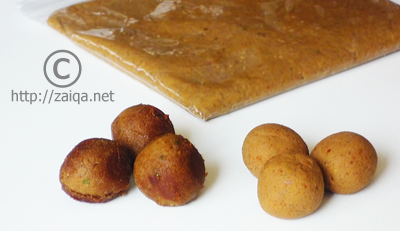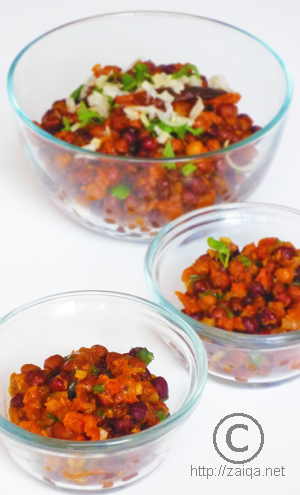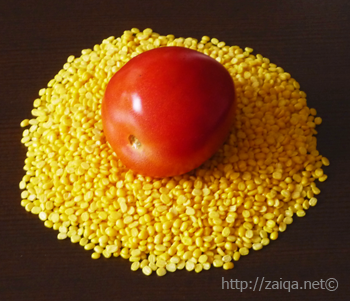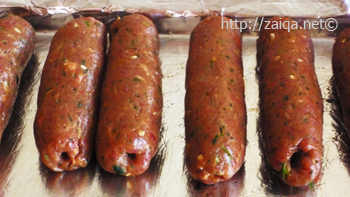Dry dal with phulka or paratha are my favorite breakfast options. This usual combination is what I have been having since my childhood for breakfasts~simple, healthy, quick to prepare and comforting.

Saadi Dhulli Mash ki dal ~ Gingery black gram dhal with caramelized onions
Split husked black gram, also called as Dhulli Mash ki dal or Mash ki Dal in Urdu, are a kind of creamy white pulses, a good source of iron, protein and fibre and low in fats.
The fried onions added to the warm dal as a garnish impart a delicious rich sweet taste to the salted soft gingery dal adding a depth of flavors. A perfect accompaniment with Roti for a light delicious meal.
Saadi Dhulli Mash ki dal ~ Gingery black gram dhal with caramelized onions
Ingredients:
Yellow Onion – 1, large, finely sliced
Canola oil – 3 tbsp
Split husked black gram/Maash ki dal/Urad dal – 250 gms
Ginger – 1/4 tsp, finely grated
Salt – to taste
Small green chillies – 3, finely sliced, for garnish
Cilantro and Mint leaves – 1 tsp each, finely chopped, for garnish

Dhuli Mash ki Dal ~ Split husked Black gram, in a tea-cup
Method:
1. Wash and soak the dal for about 20 minutes in surplus fresh cool water.
2. Drain the soaking dal and add it to a pressure cooker. Pour in about 1 1/2 cups of fresh water and add ginger and salt. Pressure cook dal until soft but not mushy, probably for around 3-5 minutes on high heat. (Make sure that the dal retains its shape and is not overdone and pastelike)
3. Meanwhile pour oil in a frying pan and as soon as it warms up, add the sliced onion and fry them stirring continously until nicely browned. Make sure you do not burn them. Remove the fried onion using a slotted spoon onto a platter, draining as much oil as possible from the fried onions. Reserve the remaining oil in the pan.
4. Once the dal is done, remove it to a serving bowl. Garnish with sliced green chillies, cilantro and mint and the fried onion. Pour about 1 tbsp of the oil in which the onions were fried onto the dal. Serve immediately with Phulka or Paratha.
Suggested Accompaniments: Enjoy this delicious dal along with Phulka or Paratha and Tala huwa Adrak Lahsun (recipe below) on the side. My late Grandfather used to enjoy the dal along with ‘Dhoop-Numbu‘.
This delicious dal is my entry to the event ‘Delicious Dals from India’ being hosted by Suma at her blog Veggie Platter.
Tala huwa Adrak Lahsun – Ginger-Garlic paste Masala
Ingredients:
Ginger paste – 2 tbsp
Garlic paste – 2 tbsp
Red chilli powder – 2 tsp
Salt – to taste
Canola oil – 1 tbsp
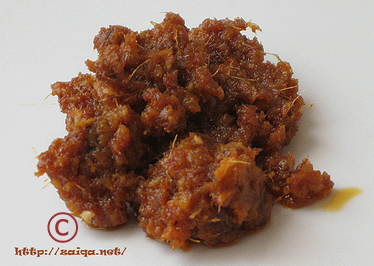
Tala huwa Adrak-Lahsun – Fried Ginger-Garlic paste Masala
Method:
In a small non-stick frying pan with a heavy bottom at medium heat, pour oil and as soon as it warms up add the ginger and garlic pastes. Cover the pan with a splatter screen and stir fry it, stirring continously and scraping the bottom of the pan with a wooden spoon around for 8-10 minutes. Add salt and red chilli powder and mix well. Remove from heat and enjoy it along with dal and roti as a side-dish.
Suggested Accompaniments: Tala huwa Adrak-Lahsun tastes delicious along with Saadi Mash Ki Dal or Moong Ki Dal.
An Update: I am sending my Hara Dhaniya aur Pudine Ki Chutney – Coriander and Mint Chutney over to Jhiva for Ingredients/JFI event, initiated by Indira originally. This month the theme is the most used asian herb ‘Cilantro’, known for its very aromatic and refreshing flavors, being hosted by Cilantro herself at her blog.
Luv,
Mona
